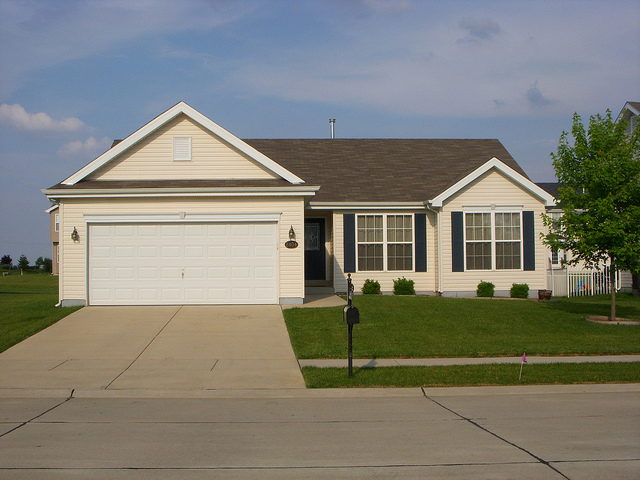

When deciding on a new roof, you may be deliberating between a ventilated or non-ventilated roof. Below, we break down the pros and cons of each roof type to help you make an easier, well-informed decision.
Ventilated roof
First, let’s take a look at the pros and cons of a ventilated roof.
Pros
• Removes moisture from roof cavities – this will stop any potential roof leaks
• The roof remains at a cool temperature, so your home is kept cooler in hot summer months
• The sheathing also remains at a cooler temperature, prolonging the life span of your roofing materials
• Ventilation reduces mould build up in attic vents.
Cons
• Potential for the ventilation to fail – the roof must be installed to exact specifications for the ventilation process to work efficiently.
Non-ventilated
Now that we’ve explored ventilated roofs, let’s take a look at non-ventilated roofs.
Pros
• Can potentially reduce the amount of heat that escapes from the roof
• If properly installed, no excess accumulation of moisture is caused
• Saves money on utility costs – any water ducts in your attic are less likely to be affected by weather temperatures
Cons
• Roof materials wear out faster due to their exposure to heat
• “Stack effect” – due to positive pressure in the attic space, outside air is forced into the building e.g. underneath doors
• Only suitable on buildings with air barriers and vapour barriers.
Conclusion
When deciding between a ventilated or a non-ventilated roof, you must consider the building, location and temperature the roof will be subject to. For more information on ventilated roofing specifically, read our previous blog post here. If you are still unsure about what roof type is best for you, it’s best to contact an expert for advice.
At Evo Building Products we are industry leaders in roofing materials, and are pioneering ventilated roofs in Australia with RapidRidge.
If you would like speak with experienced team about this revolutionary new product, call 02 9666 1069 or email us at info@evobuild.com.au.
